Children learn best when they’re fully engaged—touching, building, experimenting, and playing. The most effective museums for young minds understand this fundamental truth and have transformed the traditional ‘look but don’t touch’ approach into immersive experiences where interaction isn’t just allowed—it’s encouraged.
Across the United States, innovative institutions are reimagining how children connect with everything from science and art to history and culture. Educational adventures await families willing to seek out these hands-on havens.
Here is a list of 15 destinations featuring museums that turn learning into an interactive playground for curious kids.
Indianapolis, Indiana
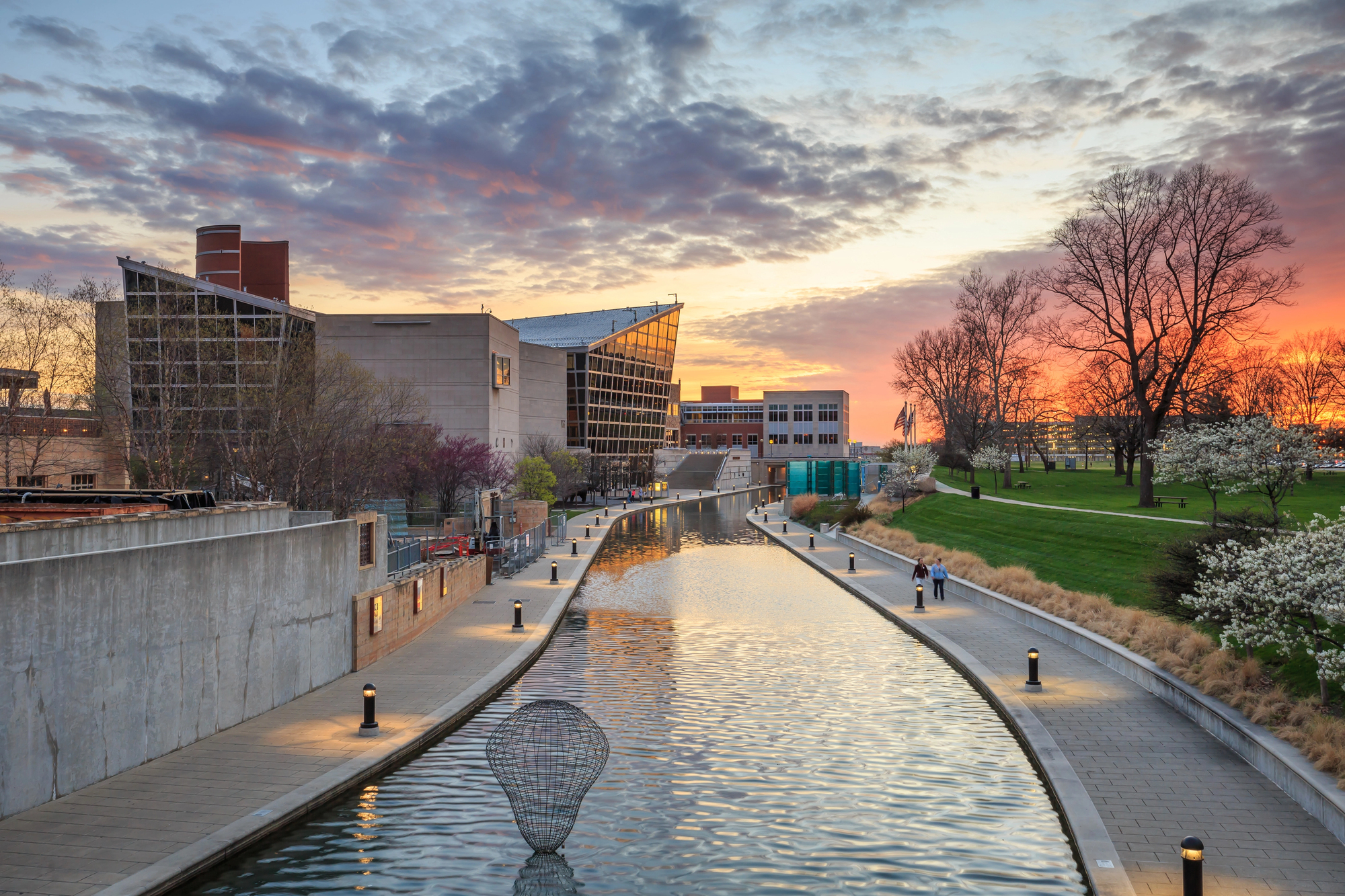
The Children’s Museum of Indianapolis stands as the largest children’s museum in the world, spanning five floors of interactive exhibits that cover dinosaurs, space travel, and global cultures. Kids can dig for fossils in the Dinosphere, climb a realistic limestone cave, and touch a genuine piece of the Mars rock.
The museum’s immense water clock marks time through an elaborate system of colored liquids and tubes, mesmerizing children as they grasp concepts of physics. The outdoor Sports Legends Experience extends the learning outdoors with activities that combine physical movement with sports history.
Boston, Massachusetts
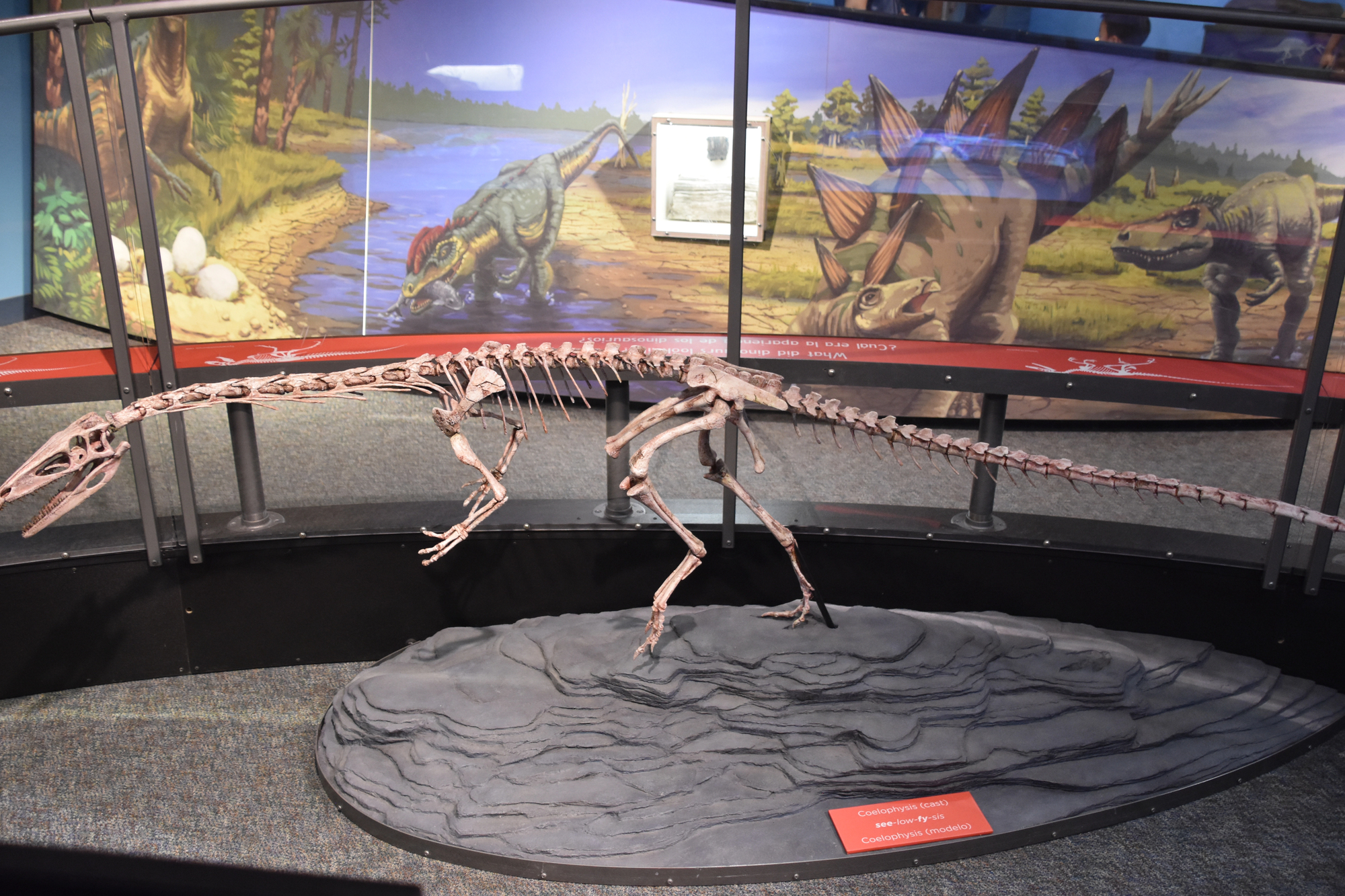
The Boston Children’s Museum pioneered hands-on learning with its three-story climbing sculpture, the New Balance Climb. This vertical maze challenges children physically while teaching concepts of spatial relations and problem-solving.
The museum’s Japanese House, an authentic two-story silk merchant’s home transported from Kyoto, allows children to remove their shoes and experience daily life in another culture. Construction Zone provides real tools, materials, and safety equipment, letting kids build actual structures while learning fundamental engineering concepts.
St. Louis, Missouri

The City Museum defies conventional categorization, transforming industrial salvage into a climbable, crawlable wonderland that spans multiple floors. Created by artists rather than traditional museum curators, the space includes airplane fuselages suspended in midair, massive slides that descend multiple stories, and caves that connect seemingly separate areas in surprising ways.
Children navigate through rebar forests and over skateboard ramps repurposed as climbing structures, developing physical confidence while experiencing creative reuse firsthand. The rooftop features a school bus precariously balanced on the edge—with safety measures, of course.
Like Travel Pug’s content? Follow us on MSN.
San Francisco, California

The Exploratorium merges science, art, and human perception through hundreds of exhibits that invite physical interaction. Children can create towering sculptures using air currents, examine living microorganisms under microscopes, and walk through a fog bridge that demonstrates water vapor principles.
The museum’s location on Pier 15 incorporates San Francisco Bay into many exhibits, using tides and marine life to explain environmental concepts. A dedicated dark room houses light-based experiments where kids manipulate shadows, colors, and reflections to understand the physics of vision.
Philadelphia, Pennsylvania
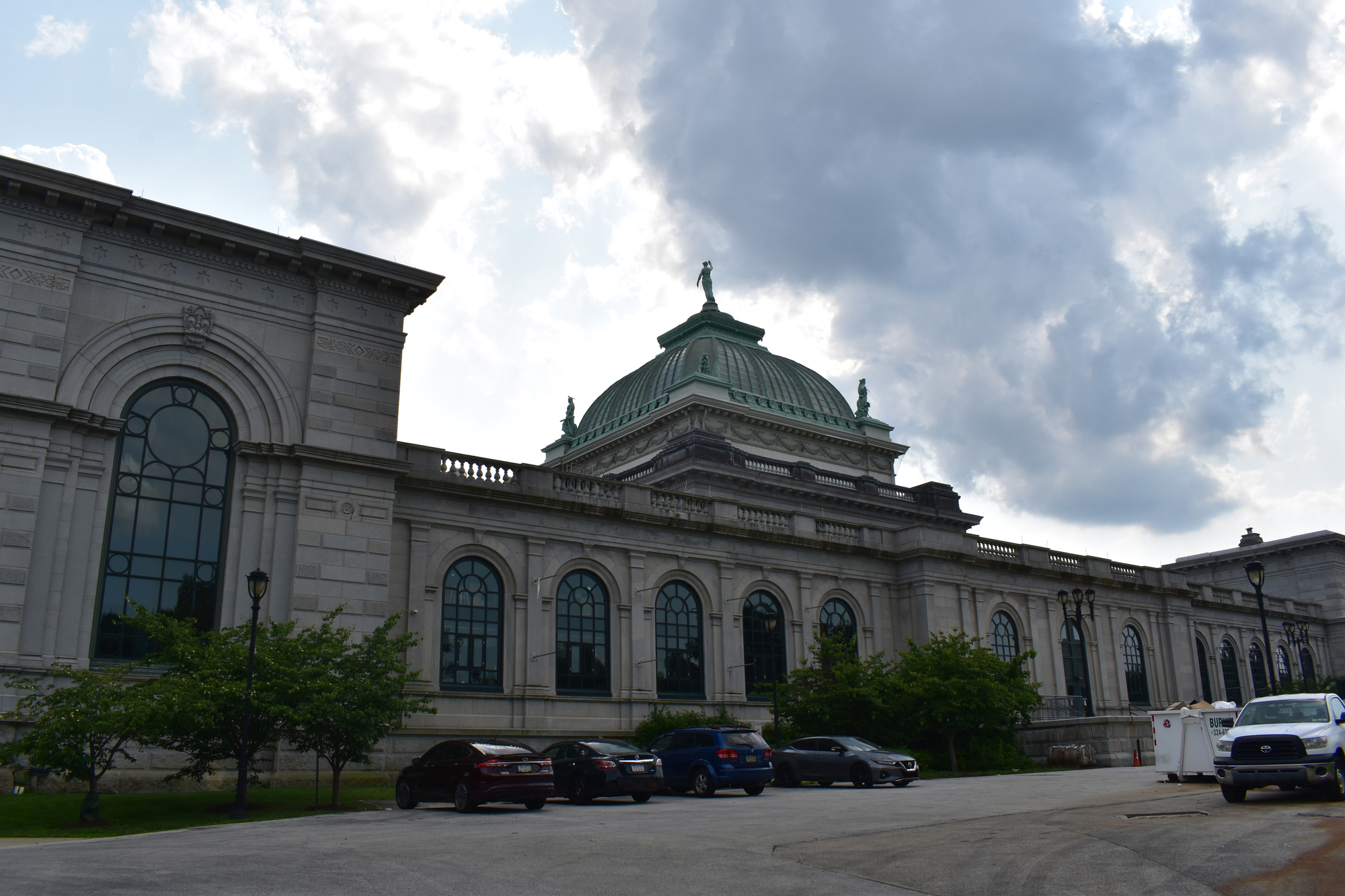
The Please Touch Museum makes its philosophy clear in its name—everything is designed for hands-on exploration. Housed in Memorial Hall from the 1876 Centennial Exhibition, the space includes a fully functioning carousel from 1908 that combines amusement with historical context.
Children can shop in a miniature supermarket complete with scanners and cash registers, pilot a full-size airplane, and send their own inventions down a machine-testing ramp. The water play area teaches fluid dynamics through elaborate systems of locks, dams, and pumps that children control themselves.
Portland, Oregon
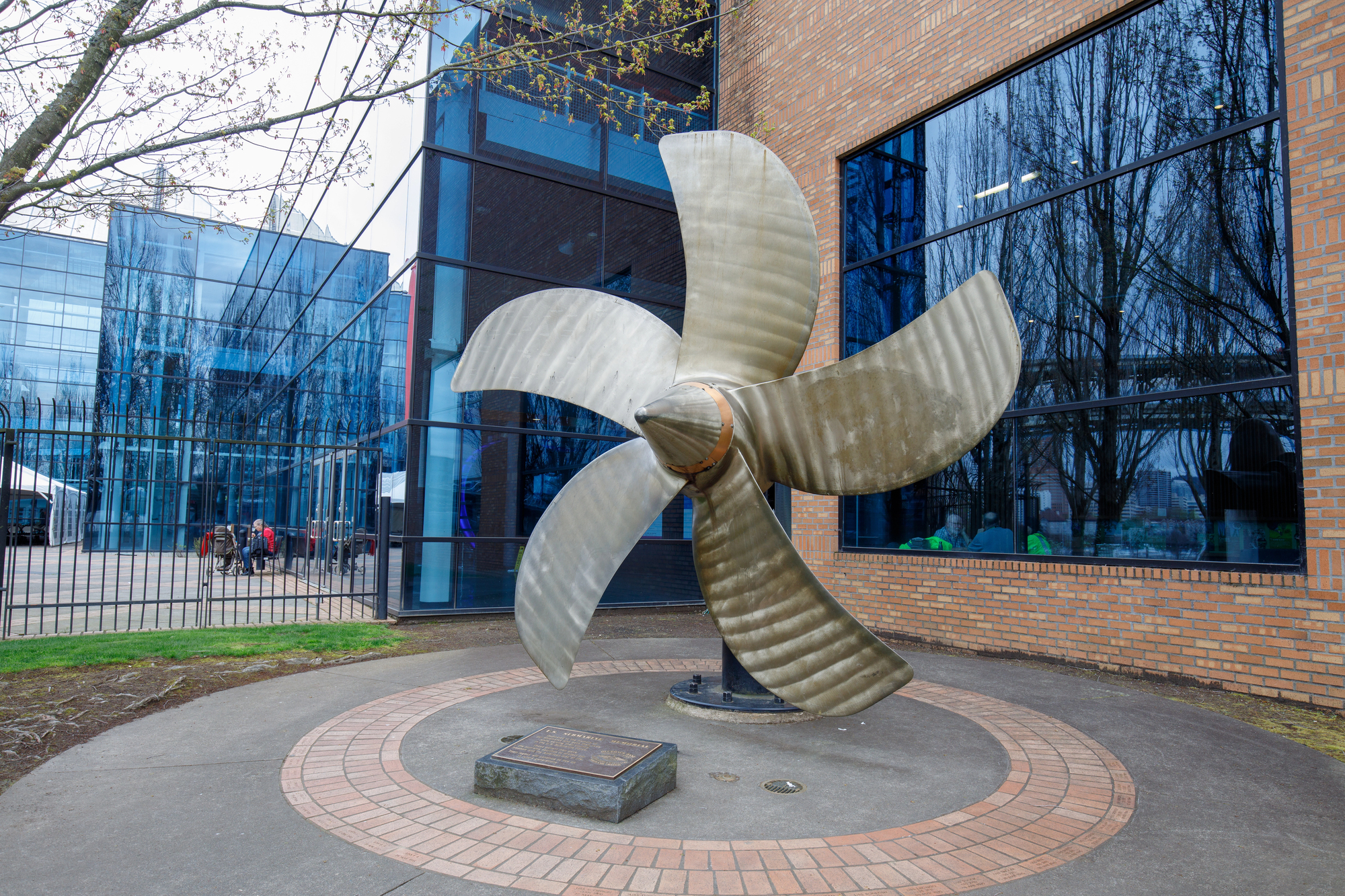
The Portland Children’s Museum focuses on open-ended play with exhibits that encourage imagination rather than prescribed outcomes. The Clay Studio provides authentic pottery tools alongside natural clay, allowing children to experience traditional craft techniques.
A working garage with real tools and car parts helps kids understand mechanical systems through direct manipulation. The Outdoor Adventure space incorporates the surrounding forest into exhibits, using native plants and natural water features to demonstrate ecological principles. Many exhibits are constructed from sustainable materials, teaching environmental awareness through example.
Like Travel Pug’s content? Follow us on MSN.
Phoenix, Arizona

The Children’s Museum of Phoenix occupies a historic school building, transforming classrooms into specialized exploration zones. The three-story climbing structure made from repurposed materials challenges physical limits while teaching recycling principles. Young builders construct elaborate marble runs using pipes, tubes, and funnels attached to a magnetic wall.
The Noodle Forest consists of hundreds of pool noodles hanging from the ceiling, creating a sensory experience that’s especially valuable for children with processing differences. A real 1920s grocery store has been reconstructed with authentic fixtures, combining history and dramatic play.
Brooklyn, New York
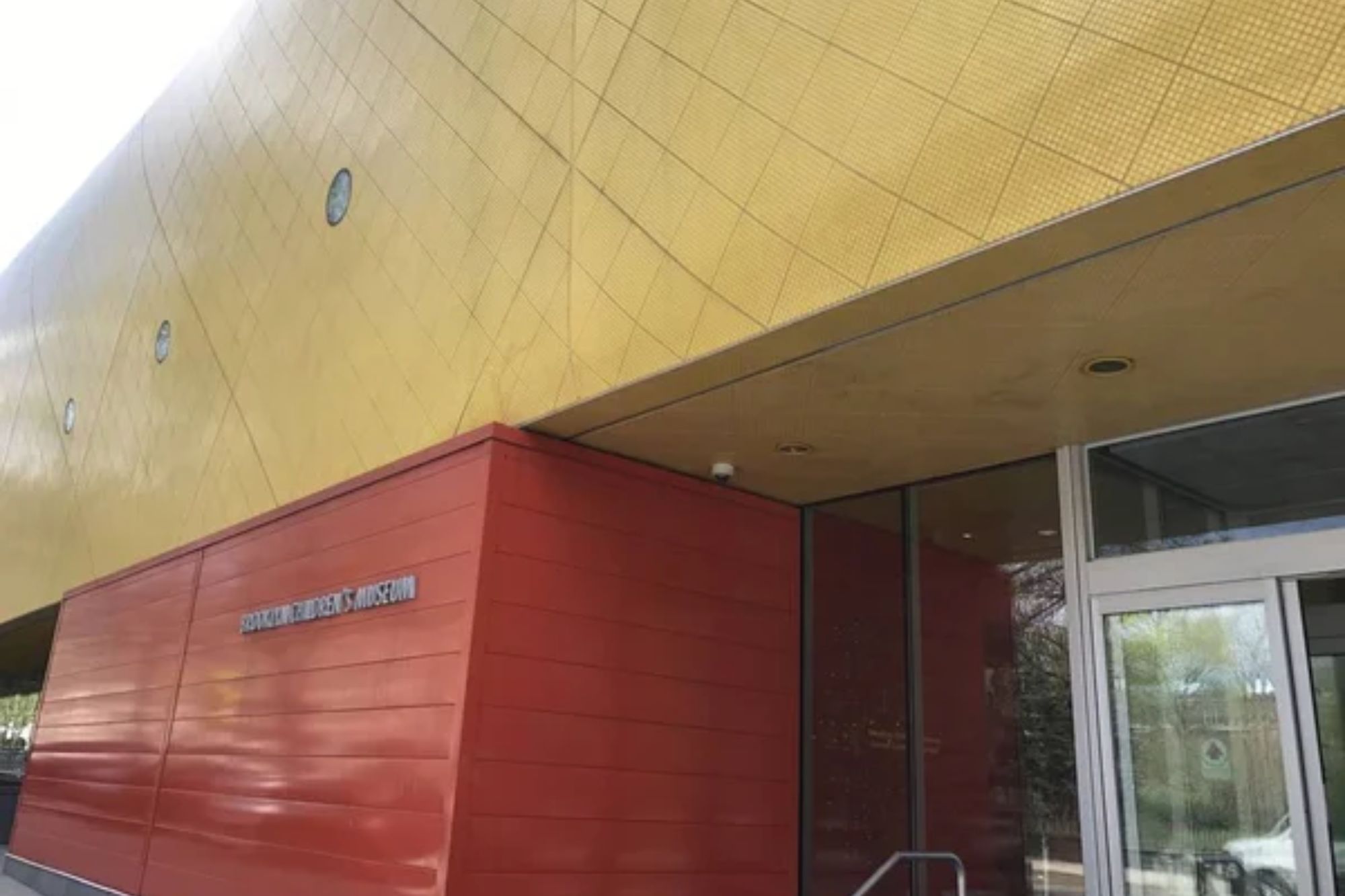
The Brooklyn Children’s Museum, the world’s first museum designed specifically for children, continually updates its approach to hands-on learning. The ColorLab art studio places professional-quality materials in child-friendly formats, encouraging real artistic exploration rather than pre-determined crafts.
World Brooklyn recreates neighborhood shops from the borough’s diverse communities, allowing children to role-play across cultures. The Collection Central exhibit provides access to authentic cultural artifacts that children can handle directly under supervision, teaching respect for objects alongside curiosity.
Madison, Wisconsin

The Madison Children’s Museum incorporates sustainability into every exhibit, teaching environmental concepts through direct experience. The Rooftop Ramble features gardens and chicken coops where children learn about urban agriculture by participating in actual planting and animal care.
The Wildernest area, designed for children under five, uses entirely natural materials for climbing structures, sensory walls, and building blocks. The museum’s Log Cabin, built in the 1830s and relocated to the museum, allows children to experience pioneer life through period-appropriate tools and activities.
Like Travel Pug’s content? Follow us on MSN.
Baltimore, Maryland

Port Discovery Children’s Museum captures Baltimore’s maritime history through interactive experiences that connect children to the city’s waterfront heritage. The three-story urban treehouse challenges physical development while teaching environmental concepts.
Kids can work in teams to operate cranes and transport systems in the Tiny’s Diner exhibit, learning cooperation while exploring simple machines. The museum partners with local artists to create rotating studio spaces where children use professional techniques and materials to create their own masterpieces alongside working creators.
Chicago, Illinois
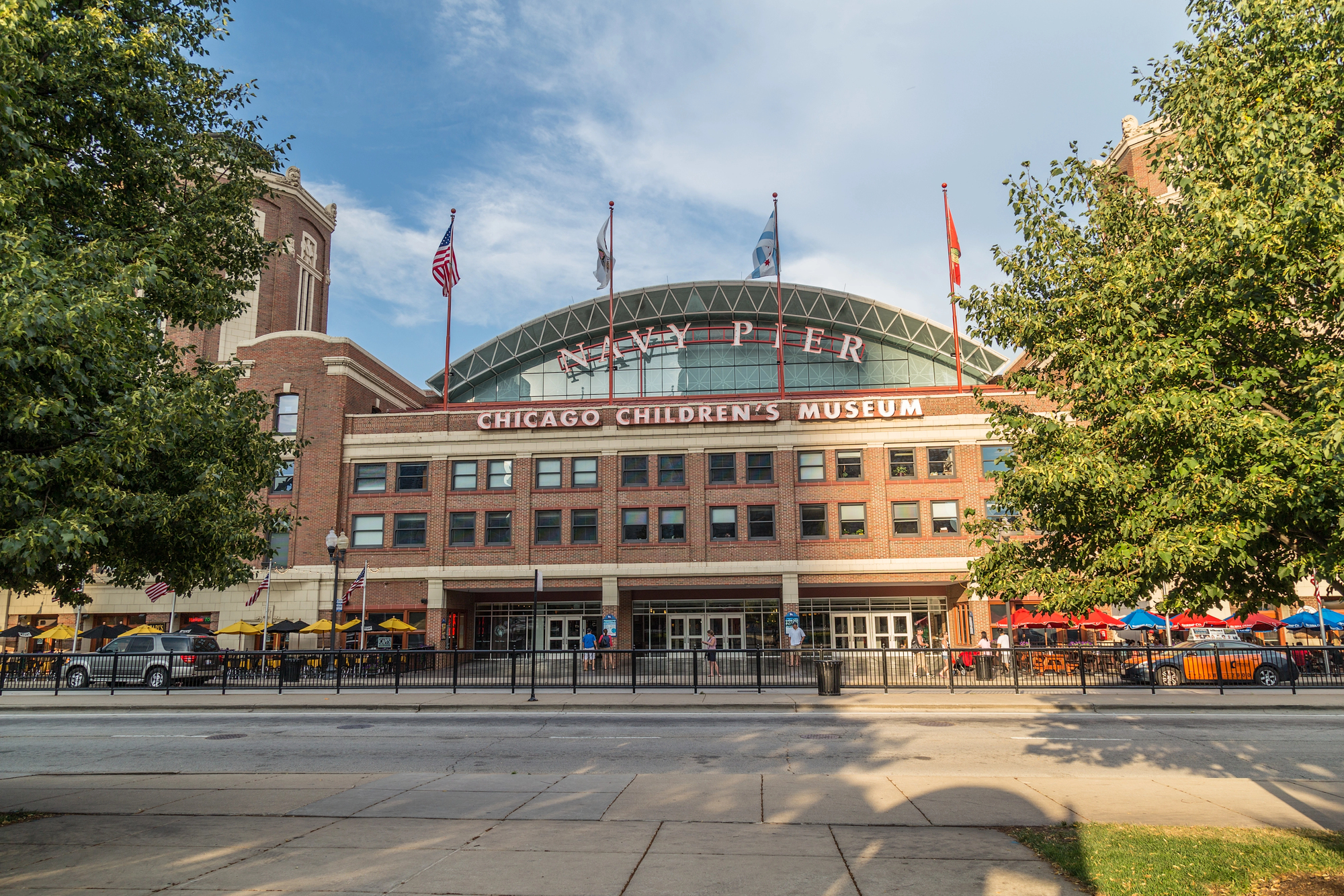
The Chicago Children’s Museum on Navy Pier specializes in large-scale experiences that immerse children completely. The WaterWays exhibit features authentic pumps, dams, and squirters that demonstrate water physics principles through play.
Tinkering Lab provides real tools—hammers, saws, and drills—with appropriate supervision, allowing children to build actual working projects. The Dinosaur Expedition recreates a real Montana fossil dig where paleontologists discovered a Suchomimus, allowing children to uncover replica bones in authentic conditions. Climbing structures incorporate views of Lake Michigan, connecting indoor learning with the natural environment outside.
Houston, Texas
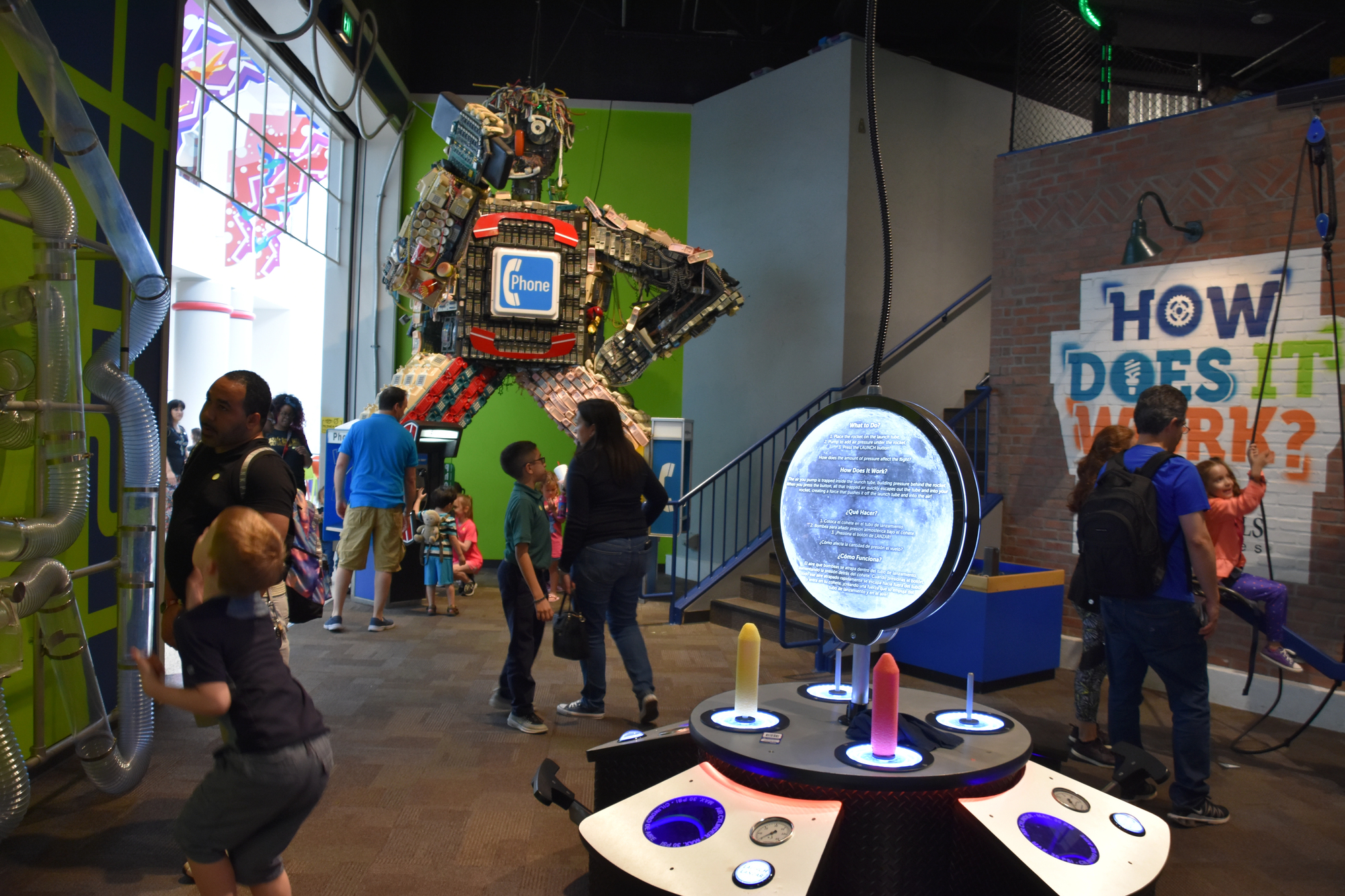
The Children’s Museum of Houston approaches learning through a secret agent narrative, where educational challenges become spy missions. Children decode messages, solve engineering problems, and conduct science experiments as part of an overarching story that makes learning objectives into exciting challenges.
The Invention Convention space provides tools and materials for building working machines that solve specific problems. PowerPlay takes energy concepts beyond theory by connecting physical activity to visible power generation, showing children exactly how their movements create energy.
Like Travel Pug’s content? Follow us on MSN.
Denver, Colorado
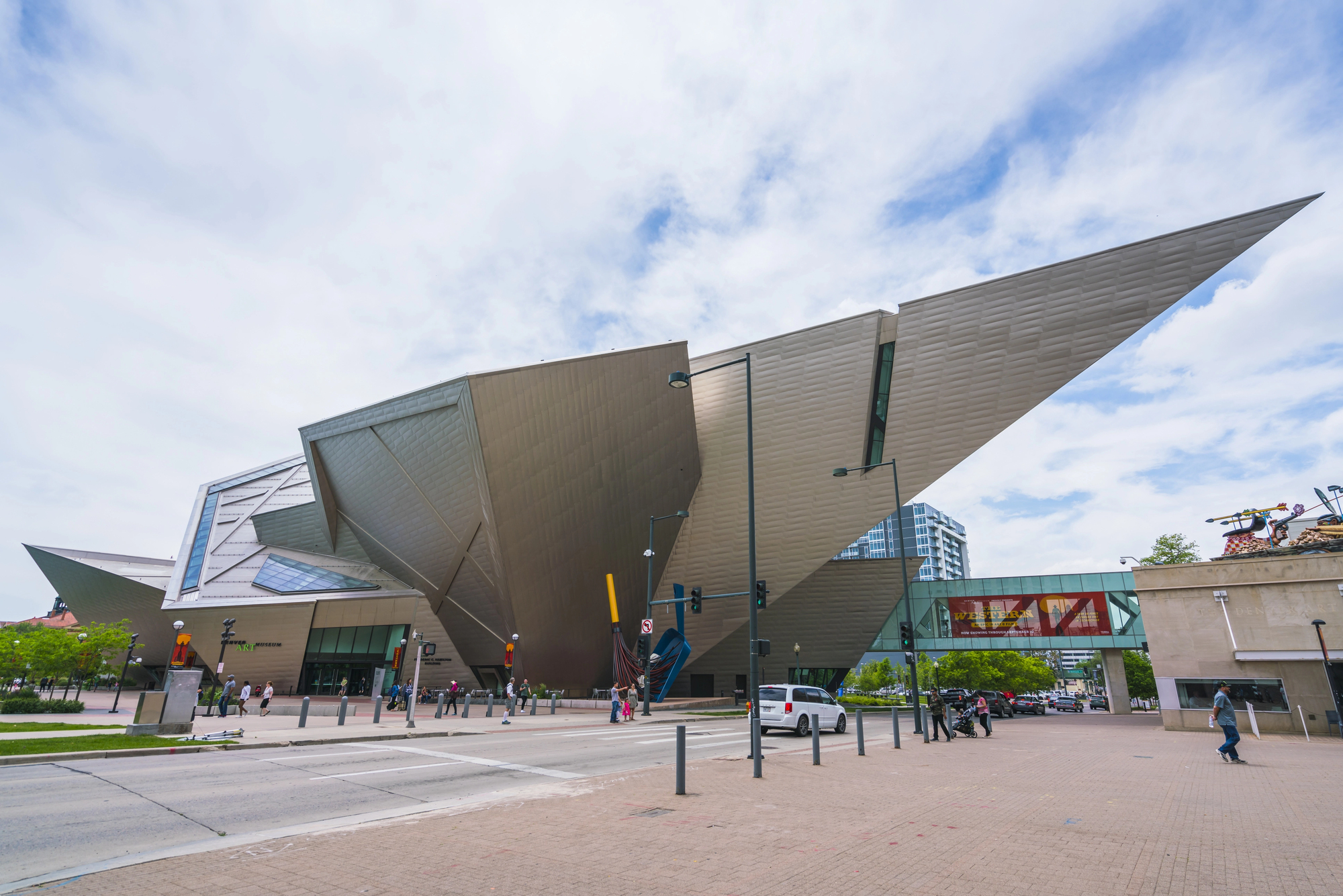
The Children’s Museum of Denver at Marsico Campus extends learning into outdoor spaces with exhibits that leverage Colorado’s natural environment. The Altitude exhibit allows children to experience physics principles through a climbing structure with unusual materials, including ropes, nets, and transparent panels.
Art studios feature professional equipment scaled for small hands, including pottery wheels, printmaking presses, and woodworking tools. The Teaching Kitchen involves children in preparing actual food under chef supervision, connecting nutrition concepts with practical skills.
Nashville, Tennessee
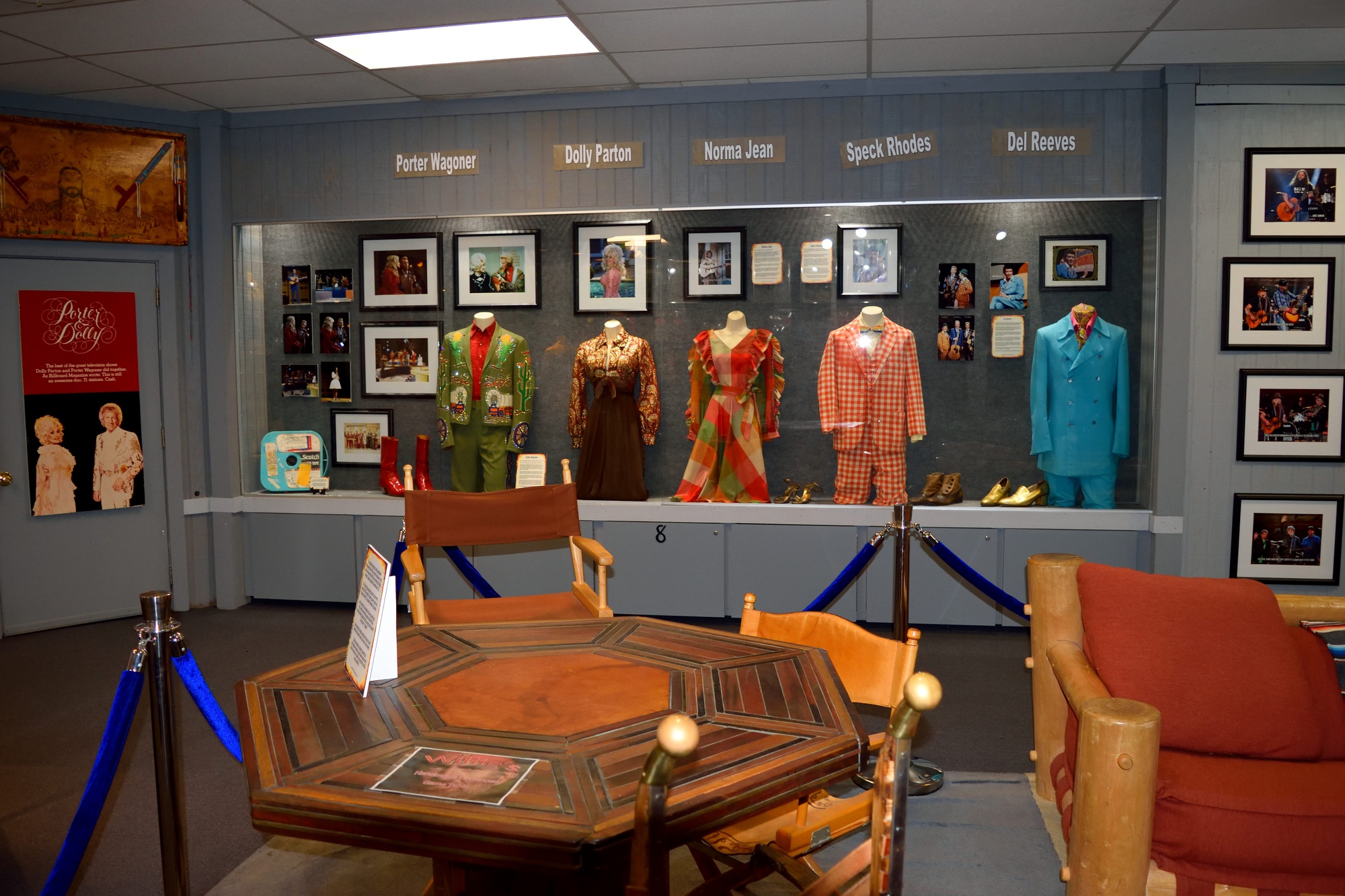
The Adventure Science Center focuses on making complex scientific principles tangible through full-body experiences. The centerpiece BodyQuest exhibit allows children to climb through a two-story simulation of the human body, with neural pathways represented by climbing tubes and the heart chamber pulsing with lights synchronized to actual heartbeat sounds.
Space Chase lets kids experience weightlessness challenges through specially designed equipment that simulates aspects of astronaut training. The museum’s planetarium incorporates movement and interactive elements rather than passive viewing, making astronomy concepts physical rather than theoretical.
St. Paul, Minnesota
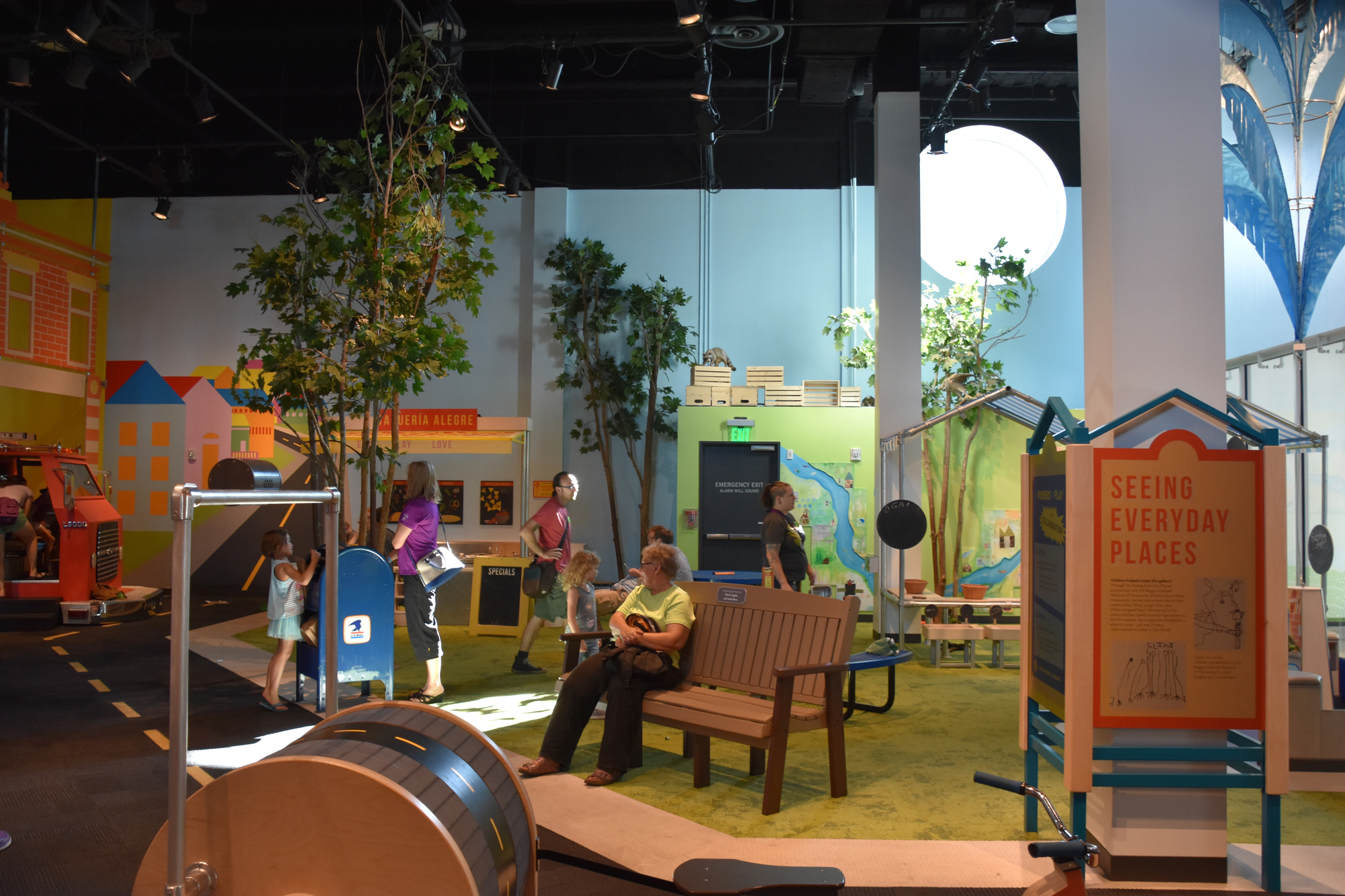
The Minnesota Children’s Museum recently transformed its space to emphasize open-ended creative play over prescribed learning. The Sprouts area for toddlers features nested spaces of increasing challenge, allowing very young children to set their own developmental pace.
Creativity Jam provides ever-changing materials and challenges, from fabric construction to large-scale collaborative art. The Super Awesome Adventures gallery includes a laser maze, carpet skate park, and climbing walls that connect physical development with spatial reasoning skills.
Many exhibits change seasonally, incorporating Minnesota’s dramatic weather patterns into learning experiences.
Like Travel Pug’s content? Follow us on MSN.
Beyond Looking to Doing
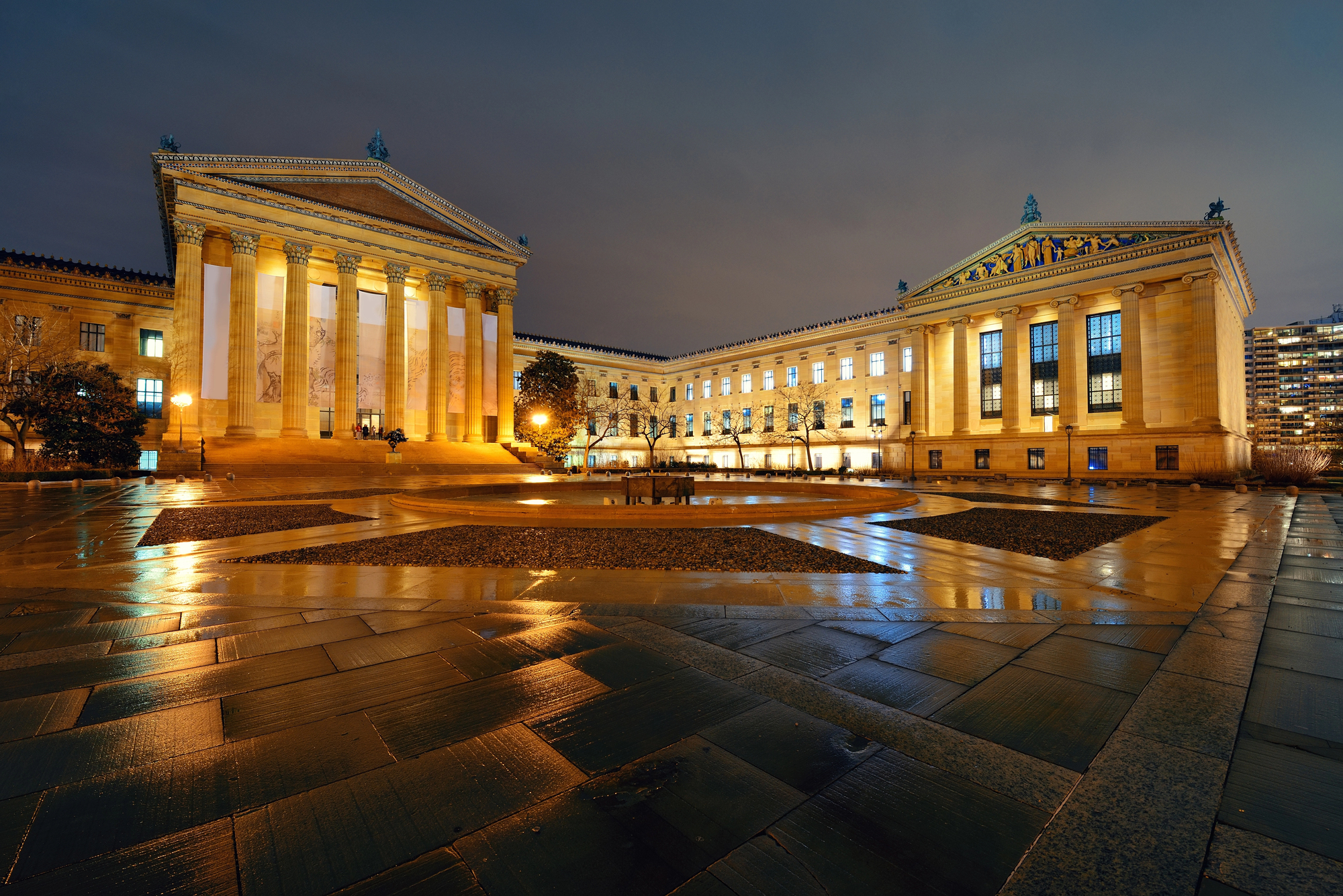
These museums represent a fundamental shift in how we introduce children to complex concepts—moving from passive observation to active participation. By engaging multiple senses and allowing for physical interaction, these institutions create neural pathways that traditional learning often misses.
The best children’s museums understand that meaningful learning happens when children can test theories, make mistakes, and discover concepts through their own experiences. In these spaces, education becomes something children actively create rather than passively receive, establishing patterns of curiosity and exploration that extend far beyond museum walls.
More from Travel Pug

- Cities Growing so Fast You Won’t Recognize Them in 10 Years
- 13 Destinations Where Tourists Regularly Regret Their Trip
- 20 Obscure WWII Sites Even History Buffs Don’t Know About
- 10 Under-the-Radar Mountain Towns That Are Both Affordable and Beautiful
- Remote Villages in Europe Where You Can Live for Free in Exchange for Work
Like Travel Pug’s content? Follow us on MSN.
